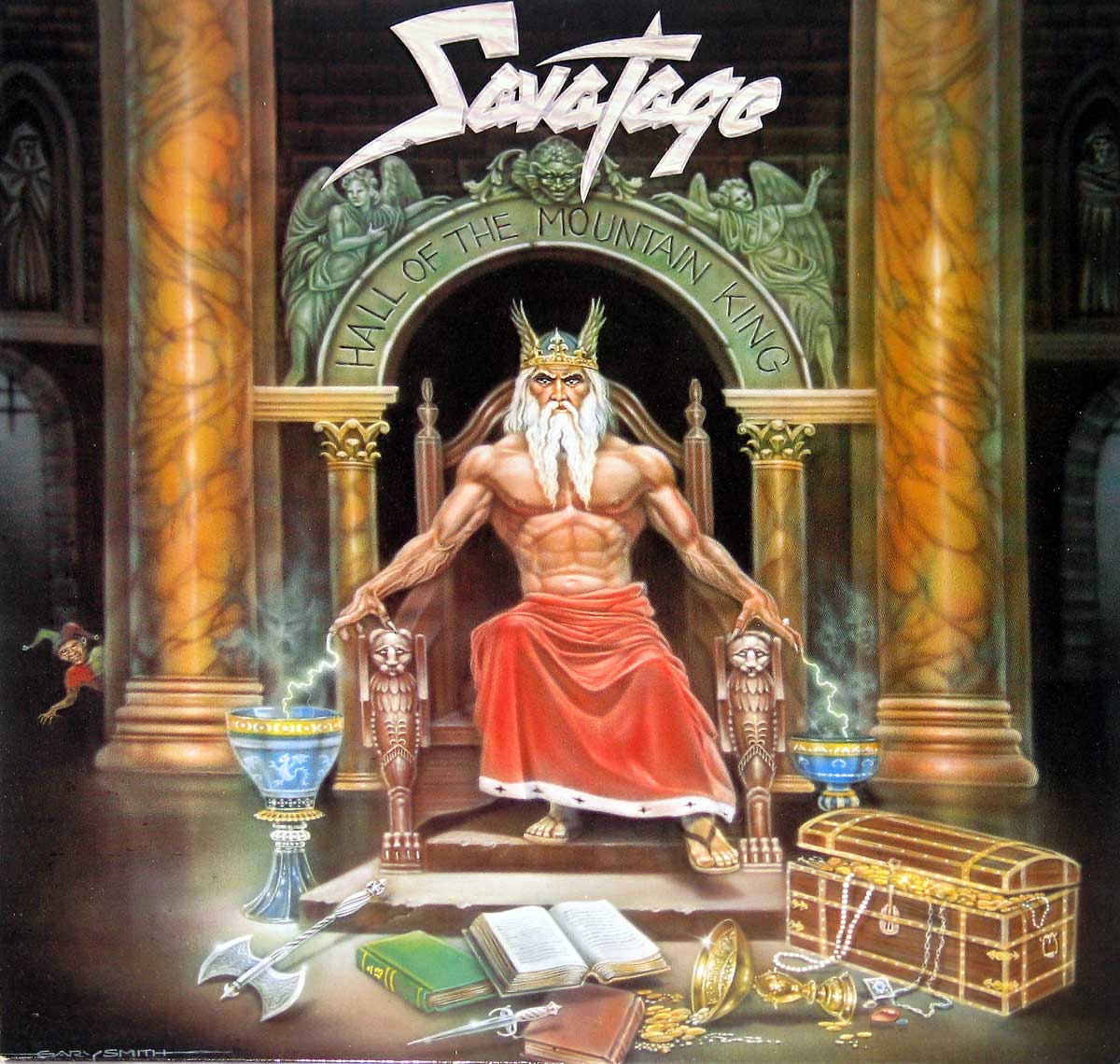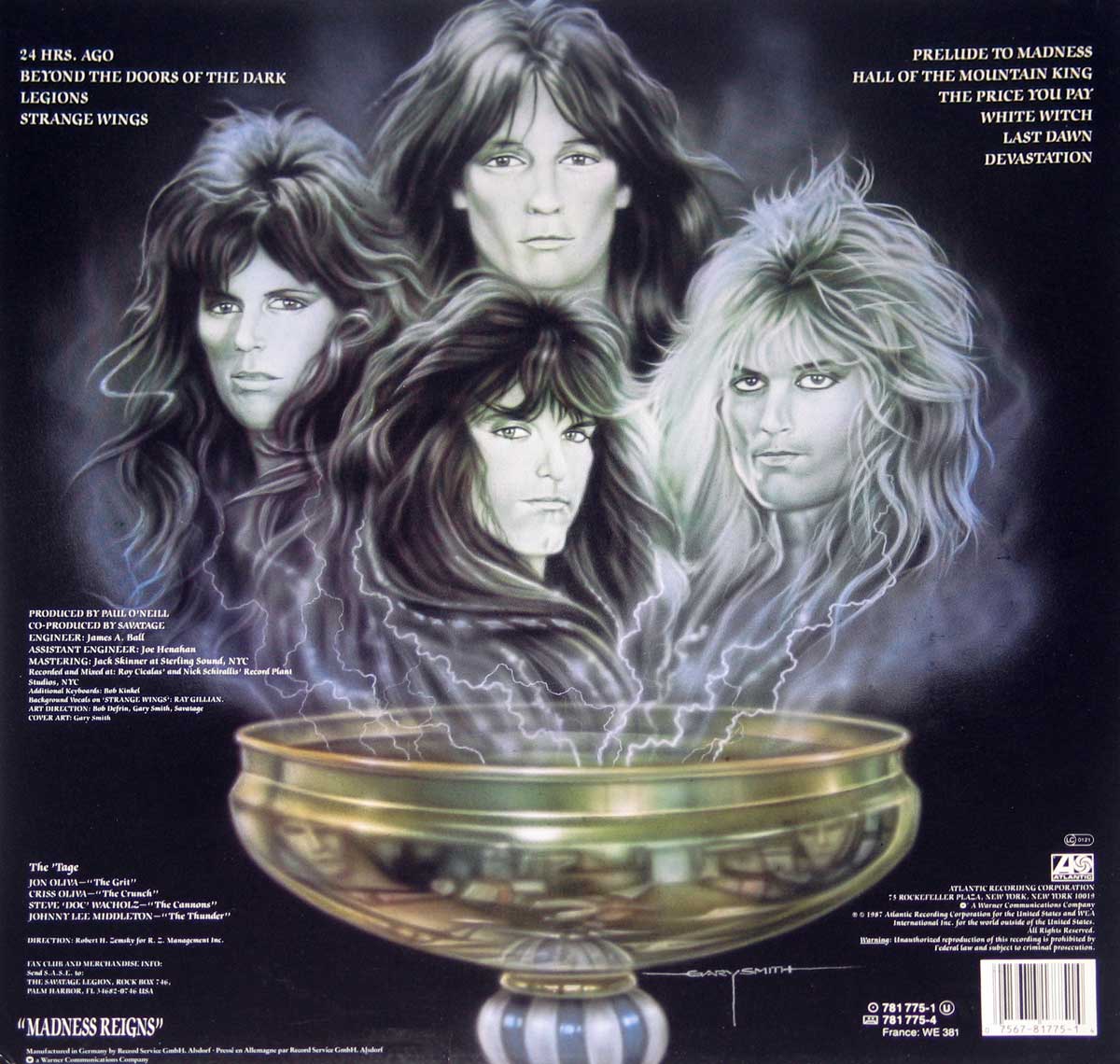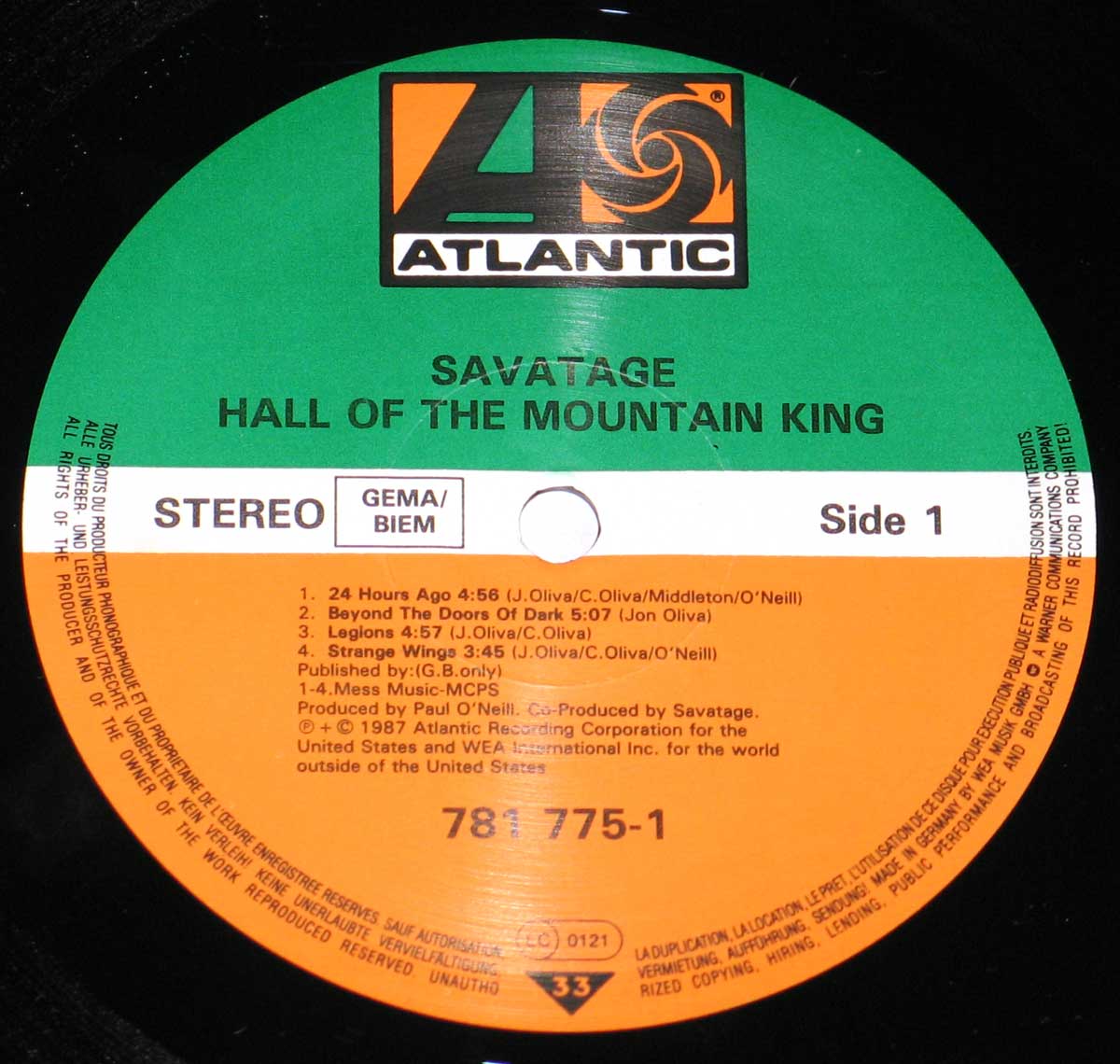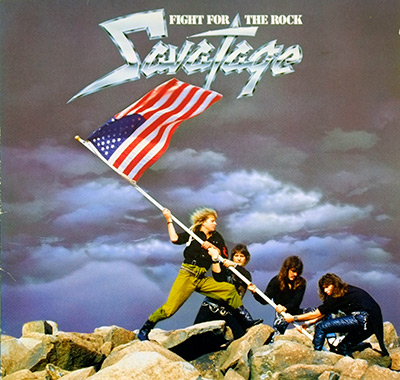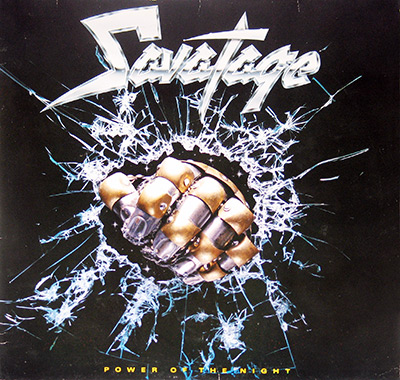"Hall of Mountain King" Album Description:
In the vibrant landscape of 1980s heavy metal, Savatage's fourth studio album, "Hall of the Mountain King," emerged as a groundbreaking and transformative work. Released in 1987, the album marked a significant turning point for the band, solidifying their unique sound and setting the stage for their future success.
Historical Context
The mid-to-late 1980s was a period of intense creativity and experimentation in heavy metal. Bands were pushing boundaries, incorporating diverse influences, and exploring new sonic territories. Savatage, formed in Florida in 1978 by brothers Jon and Criss Oliva, had already established themselves as a promising act with their previous albums. However, "Hall of the Mountain King" would propel them to new heights.
Musical Exploration
One of the most striking aspects of "Hall of the Mountain King" is its ambitious musical scope. The album seamlessly blends elements of heavy metal, progressive rock, and classical music, creating a rich and dynamic sonic tapestry. This fusion of styles was a bold move for the band, and it paid off handsomely.
The album's title track, "Hall of the Mountain King," is a prime example of this musical exploration. The song features a powerful main riff, soaring vocals, and intricate instrumentation, all of which combine to create a truly epic listening experience. Other standout tracks include the anthemic "24 Hours Ago" and the hauntingly beautiful "The Price You Pay."
Controversies
While "Hall of the Mountain King" was met with critical acclaim, it also generated some controversy. The album's dark and theatrical imagery, coupled with its often cryptic lyrics, led some to accuse the band of promoting Satanism. However, Savatage vehemently denied these accusations, stating that their music was simply meant to be thought-provoking and entertaining.
Studio and Band Members
"Hall of the Mountain King" was recorded at the Record Plant in New York City, with renowned producer Paul O'Neill at the helm. O'Neill's influence on the album was significant, as he encouraged the band to experiment with different sounds and arrangements.
The album features the classic Savatage lineup of Jon Oliva on vocals and keyboards, Criss Oliva on guitars, Johnny Lee Middleton on bass, and Steve Wacholz on drums. This core group of musicians would go on to create some of the most iconic heavy metal albums of the 1980s and 1990s.
Frontman Jon Oliva
Jon Oliva's powerful vocals and charismatic stage presence were instrumental in Savatage's success. His ability to seamlessly transition between aggressive screams and soaring melodies made him one of the most distinctive vocalists in heavy metal. On "Hall of the Mountain King," Oliva's vocals are at their peak, delivering some of his most memorable performances.
Savatage (1979–1990)
Formed in Tarpon Springs, Florida by brothers Jon and Criss Oliva, Savatage began as Avatar in 1979, before adopting their iconic name in 1983. Their early releases, including *Sirens* (1983) and *Power of the Night* (1985), blended progressive and heavy metal. With producer Paul O’Neill, they broke through on *Hall of the Mountain King* (1987) and refined their theatrical style with *Gutter Ballet* (1989). By 1990, Savatage had become a cornerstone of American progressive metal.
